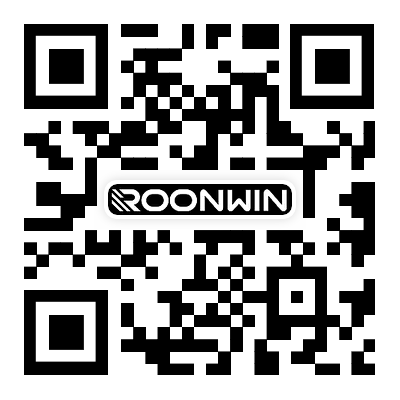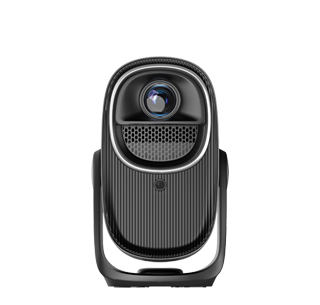
Original Design Manufacturing (ODM) for Complete Projectors: Concept,
Process, Advantages, and Key Considerations
In the projector industry, "ODM" is a core partnership model for brands to
quickly launch products and reduce R&D costs. To fully understand this
model, we need to analyze it from the perspectives of concept definition,
service process, core values, and selection criteria.
1. Core Concept: What is ODM for Complete Projectors?
The core of ODM (Original Design Manufacturer) is "design + production
integration." ODM manufacturers complete the entire projector design process
based on customer requirements (or their own R&D) and manufacture the entire
projector. Customers simply apply their own branding to market.
It's important to note the essential differences between this and "OEM" to
avoid confusion:
Core Services: ODM for complete projectors encompasses the entire chain of
design, R&D, production, testing, and certification. OEM projectors only
produce and assemble according to customer-provided design drawings and do not
involve the design process.
Technology Leadership: For complete projector ODM, the ODM manufacturer is
responsible for core design, including optics, circuitry, and structure. For
projector OEM, the technical leadership lies with the customer, who must
independently complete all aspects of the product design.
Cost Investment: Customers who choose complete projector ODM have lower
investment and do not need to establish a dedicated R&D team. Customers who
choose projector OEM have higher investment and must bear high initial costs for
design, R&D, and testing.
Cycle Efficiency: Complete projector ODM can reuse proven solutions,
significantly shortening product time-to-market. Projector OEM requires
completing the design from scratch and then coordinating production, resulting
in a longer overall cycle.
Flexibility: Complete projector ODM allows for on-demand customization of
functions, appearance, and interfaces, offering greater flexibility. Projector
OEM can only produce according to fixed drawings, requiring additional
investment for design modifications, resulting in lower flexibility. II. Core
Service Process for Complete Projector ODM
Complete projectors have a high technical barrier to entry (involving
multiple areas such as optics, thermals, electronics, and structure). Therefore,
ODM services must cover the entire supply chain from demand to delivery. The
specific process can be broken down into six key steps:
1. Demand Analysis and Solution Confirmation
The customer defines core requirements: including product positioning
(home/business/education/engineering), key parameters (brightness, resolution,
contrast, light source type), functional requirements (smart system, interface
configuration, wireless projection), cost budget, and mass production cycle.
The ODM manufacturer produces a "Proposal" including a technical feasibility
analysis, key component selection (such as DMD chips, light source modules, and
optical lenses), preliminary cost calculations, and sample delivery
schedules.
Both parties confirm the solution details, clarifying the scope of
customization (such as exterior ID design, boot logo, and system UI), and sign a
cooperation agreement. 2. Full-Dimensional R&D and Design
This is the core of the ODM process, directly determining product performance
and stability. It focuses on three key modules:
Optical System Design: The "heart and soul" of the projector, including lens
optical path optimization (to ensure image clarity), light source uniformity
design (to avoid brightness unevenness), and color wheel/color gamut calibration
(to ensure color reproduction);
Circuit and Software Design: Mainboard circuit design (power supply stability
and signal transmission efficiency), intelligent system development (such as
integration with Android TV and proprietary projection protocols), and firmware
adaptation (brightness adjustment and keystone correction algorithms);
Structural and Thermal Design: Body structure design (appearance, dimensions,
and materials), heat dissipation solution design (high-power projector
components require precise temperature control to prevent brightness loss or
hardware damage), and noise control (matching fan speed with airflow). 3. Supply
Chain Management and Component Procurement
Core Component Procurement: ODMs leverage their scale to connect with
upstream core suppliers (such as Texas Instruments' DMD chips, Nichia's laser
light sources, and Taiwanese lens manufacturers), ensuring consistent component
quality and manageable costs.
Auxiliary Component Selection: This includes the housing material
(ABS/metal), interfaces (HDMI 2.1/USB 3.0), speaker modules, power adapters,
etc., which must be consistent with the product's positioning (e.g.,
high-durability components are required for engineering equipment). 4. Prototype
Production and Testing
First Prototype Production: After R&D is complete, 1-5 engineering
prototypes are produced for initial functional verification.
Multi-dimensional testing: This is critical to ensuring product reliability,
including:
Performance testing: Brightness/contrast measurements, resolution
compatibility, color accuracy (Delta E value), and heat dissipation efficiency
(core component temperature after 4 hours of continuous operation).
Reliability testing: High and low temperature environmental testing (-10°C to
40°C), vibration testing (simulating transportation scenarios), and burn-in
testing (72 hours of continuous operation).
Safety and Certification Testing: Completion of compliance testing for 3C
(China), CE (EU), FCC (US), and RoHS (environmental protection) is carried out
in advance to ensure product compliance with target market regulations. 5. Mass
Production and Quality Control
Mass Production Preparation: Build a dedicated production line (including SMT
placement, component assembly, and optical calibration), develop a production
process document (SOP), and train production personnel.
Process Quality Control: Utilize a combination of "full inspection + spot
inspection"—key processes (such as lens calibration and firmware flashing)
undergo 100% inspection, and finished products are spot-checked according to AQL
standards to prevent defective products from entering the market.
Device Packaging: Design packaging according to customer specifications
(including branding and accessories list) and perform drop tests to ensure safe
transportation.
6. Delivery and After-Sales Support
Bulk Delivery: Complete device delivery is completed on the agreed timeframe,
with batch inspection reports, certifications, product manuals, and other
documentation provided.
After-Sales Support: Provide firmware upgrades (to resolve system bugs or add
new features), repair parts, and technical troubleshooting support. Some ODM
vendors also assist customers with end-user after-sales issues. III. The Core
Advantages of Choosing an ODM for Complete Projectors
For most projector brands (especially small and medium-sized brands and
cross-industry entrants), the core value of the ODM model lies in lowering
barriers to entry and improving efficiency. This can be summarized in four key
points:
Reduced R&D barriers and costs: Projector R&D involves multiple
technical disciplines, and establishing a professional team requires significant
investment (including staff salaries, equipment procurement, and technical
verification costs). ODM manufacturers already have mature R&D systems,
eliminating the need for clients to shoulder upfront R&D costs, allowing
them to focus their funds on brand operations and marketing.
Shortened product launch time: ODM manufacturers can reuse proven solutions
(such as optical modules and heat dissipation structures), requiring only
customized adjustments based on customer needs. The process from solution
confirmation to mass production delivery typically takes 3-6 months. In-house
R&D typically takes 12-18 months, potentially missing market opportunities.
Ensuring supply chain and production stability: Leading ODMs have long-standing
partnerships with upstream core suppliers (such as TI and Nichia), giving them
priority access to in-demand components (such as high-resolution DMD chips),
preventing production halts due to supply chain disruptions. Furthermore, ODMs
possess scalable production capabilities, allowing them to flexibly meet
clients' production capacity needs (ranging from thousands to tens of thousands
of units).
Reducing compliance and quality risks: ODMs are familiar with the
certification standards of major global markets (such as 3C, CE, and FCC),
enabling them to mitigate compliance risks early in the R&D phase and ensure
smooth product entry into target markets. Furthermore, ODMs' comprehensive
testing systems (performance, reliability, and safety testing) significantly
reduce the incidence of post-market quality issues, minimizing after-sales costs
and brand reputation damage. IV. Key Considerations for Brands When Selecting an
ODM Manufacturer for Complete Projectors
Choosing the right ODM manufacturer is crucial to a successful partnership.
Brands should focus on evaluating the following five dimensions:
R&D and Technical Capabilities: Prioritize examining the manufacturer's
independent optical design capabilities (such as lens development and color
gamut calibration technology), proven heat dissipation solutions (especially for
heat-generating components like laser projectors), and past product examples
(such as whether they have developed similar home or office projectors).
Manufacturers can be requested to provide actual measurement reports of
technical parameters (such as brightness decay rate and color accuracy) to
verify the authenticity of their technology.
Supply Chain Control: Inquire whether the manufacturer has direct
collaborations with core component suppliers (TI, Nichia Chemical, and Taiwanese
lens manufacturers) and whether they have backup supplier options (to mitigate
the risk of a single component outage). Furthermore, inquire about the
manufacturer's component inventory management strategy to ensure a stable supply
during mass production. Quality Control System: Investigate whether the
manufacturer has comprehensive quality control processes (such as IQC incoming
material inspection, IPQC in-process inspection, and FQC finished product
inspection) and whether they are ISO9001 certified. You may request a production
workshop visit to observe the quality control measures in key processes (such as
whether lens calibration is automated and the percentage of finished product
spot checks).
Customization Capabilities: Confirm whether the manufacturer supports
full-dimensional customization (such as exterior ID design, system UI
customization, and proprietary feature development), as well as the cost and
lead time for customization (some manufacturers charge additional fees for
small-batch customization). If the customer has special requirements (such as
waterproof and dustproof outdoor projectors), confirm whether the manufacturer
has the relevant technical expertise.
Read recommendations:
HN30A Portable - HN Series Projector
Types of Projector Screens
Are Projectors Suitable for Business Travel
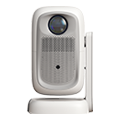
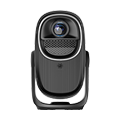

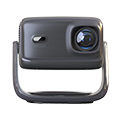
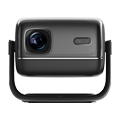
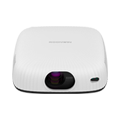
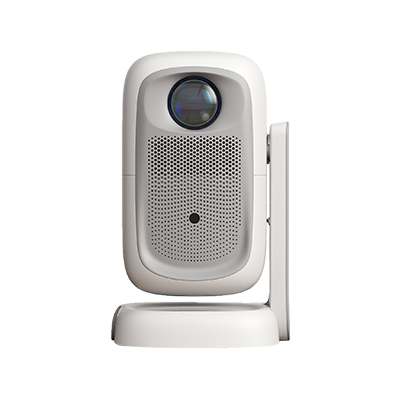
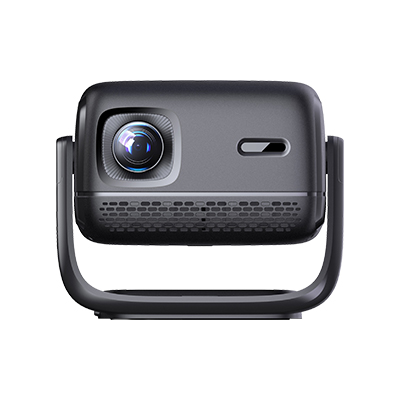
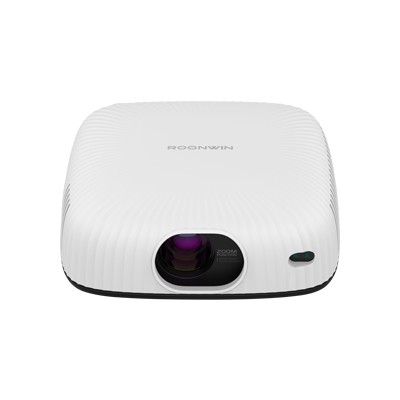









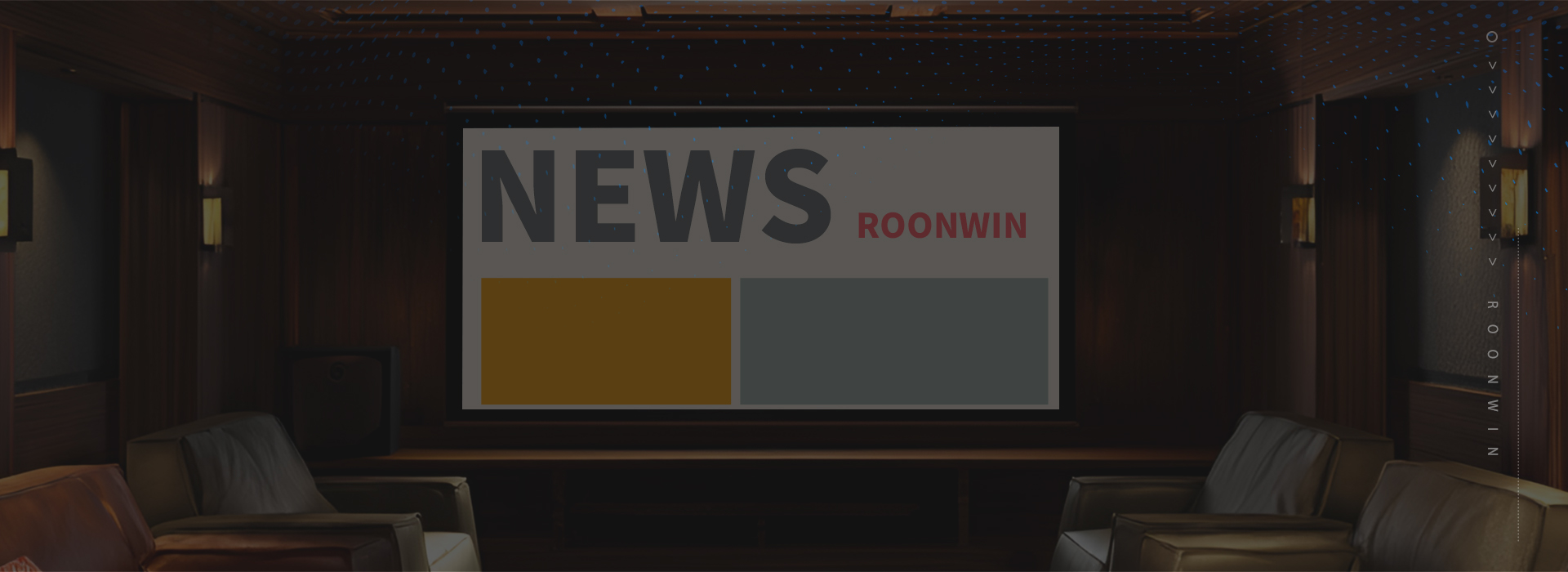
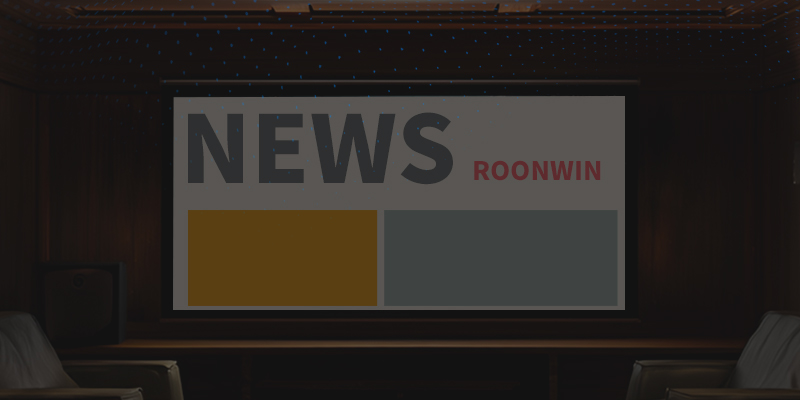
 Reviewed:
Reviewed:










